Alum Stone: Uses in Cosmetics and Soap Making

Alum Stone: Uses and Properties in Cosmetics and Soap Making
Alum stone, used for centuries, is a natural additive appreciated for its multiple properties. In cosmetics and artisanal soap making, it stands out for its effectiveness and gentleness on the skin. This mineral is mainly composed of a double sulfate of aluminum and potassium, and appears as a translucent crystal.
Production Method
Alum stone is extracted from natural deposits and then purified. The raw crystals are first crushed and then dissolved in hot water to remove impurities. The resulting solution is then cooled, allowing the crystals to reform in a purer form. Finally, the crystals are cut and polished to obtain the commercialized alum stone.
Composition
Alum stone is primarily composed of potassium aluminum sulfate (KAl(SO4)2·12H2O). Other elements present include:
- Alunite
- Potassium sulfate
- Aluminum sulfate
Cosmetic and Food Properties
In cosmetics, alum stone is valued for its astringent, antibacterial, and hemostatic properties. It is particularly used as a natural deodorant, helping to control perspiration and prevent body odors without clogging pores. In artisanal soap making, it helps stabilize emulsions and improve soap texture. When used in food, it aids in preserving food due to its antibacterial properties.
Usage Precautions
Although generally well-tolerated, certain precautions are necessary when using alum stone. It is recommended to perform a patch test before use to avoid any allergic reactions. It should be used sparingly on sensitive or damaged skin. If irritation occurs, discontinue use and consult a healthcare professional.







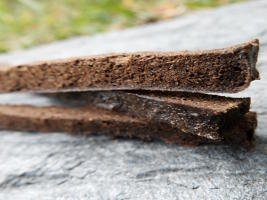

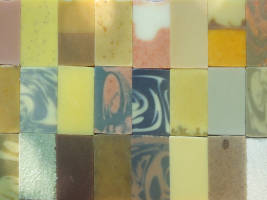










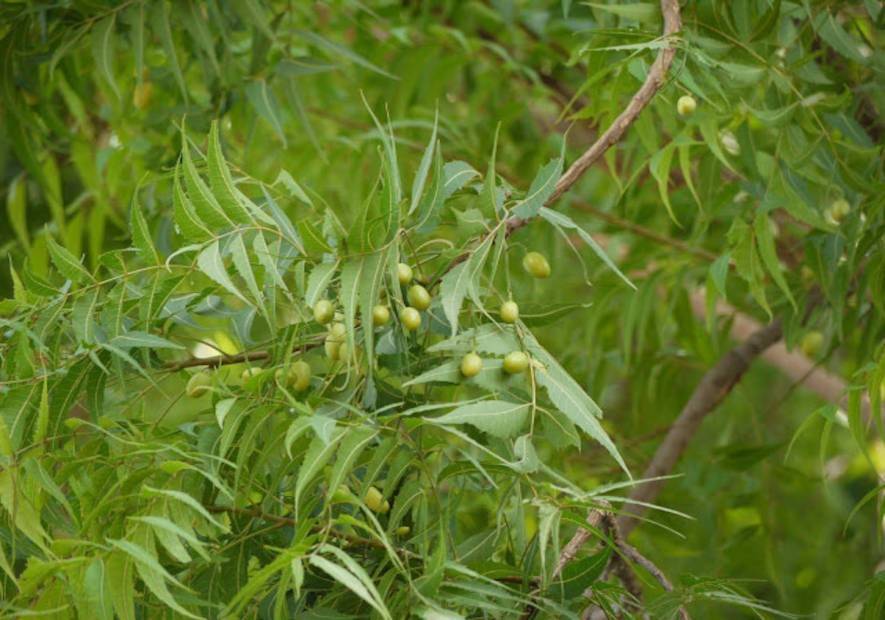
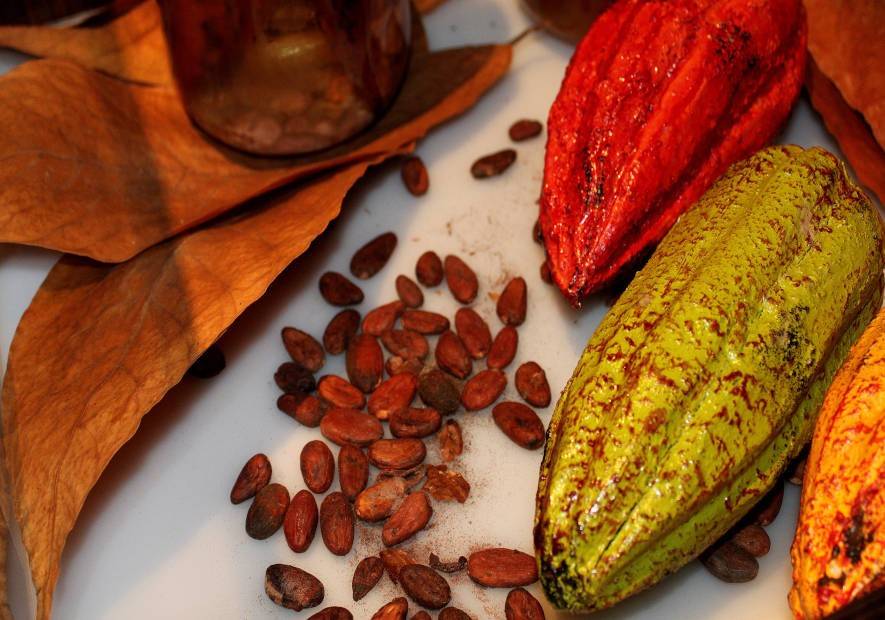

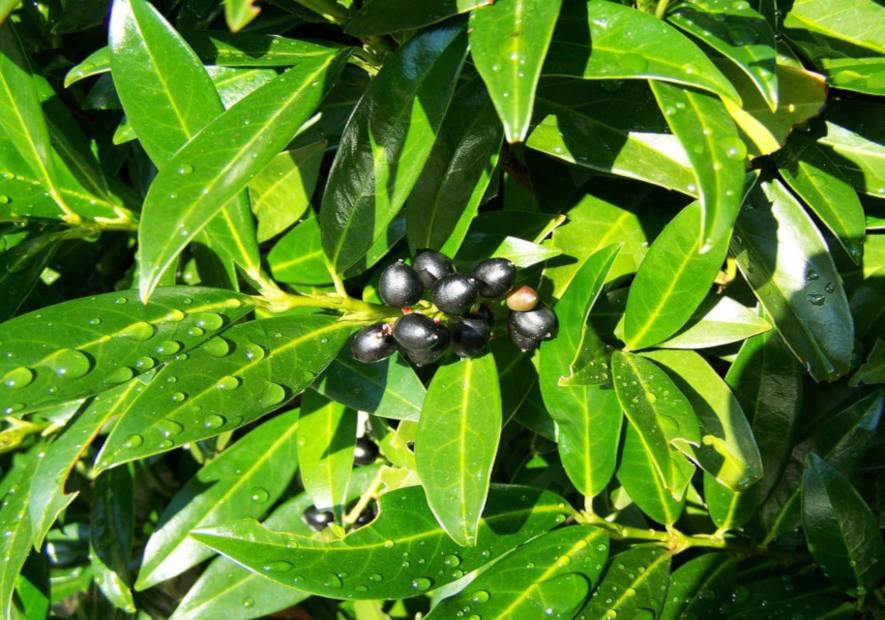










Leave a comment